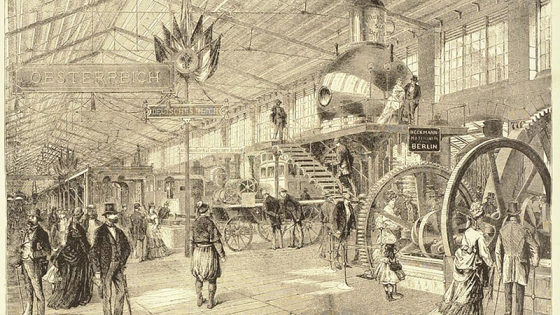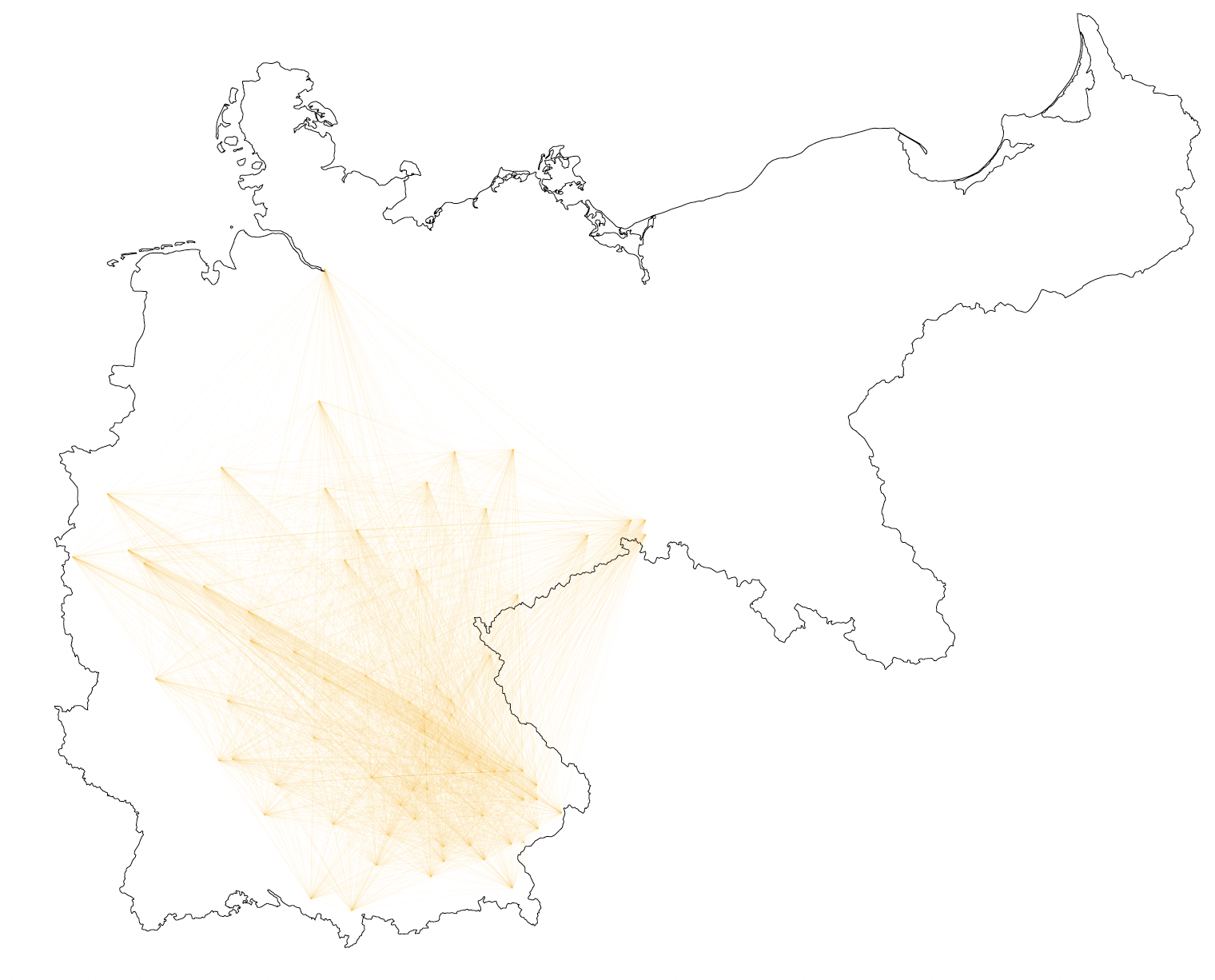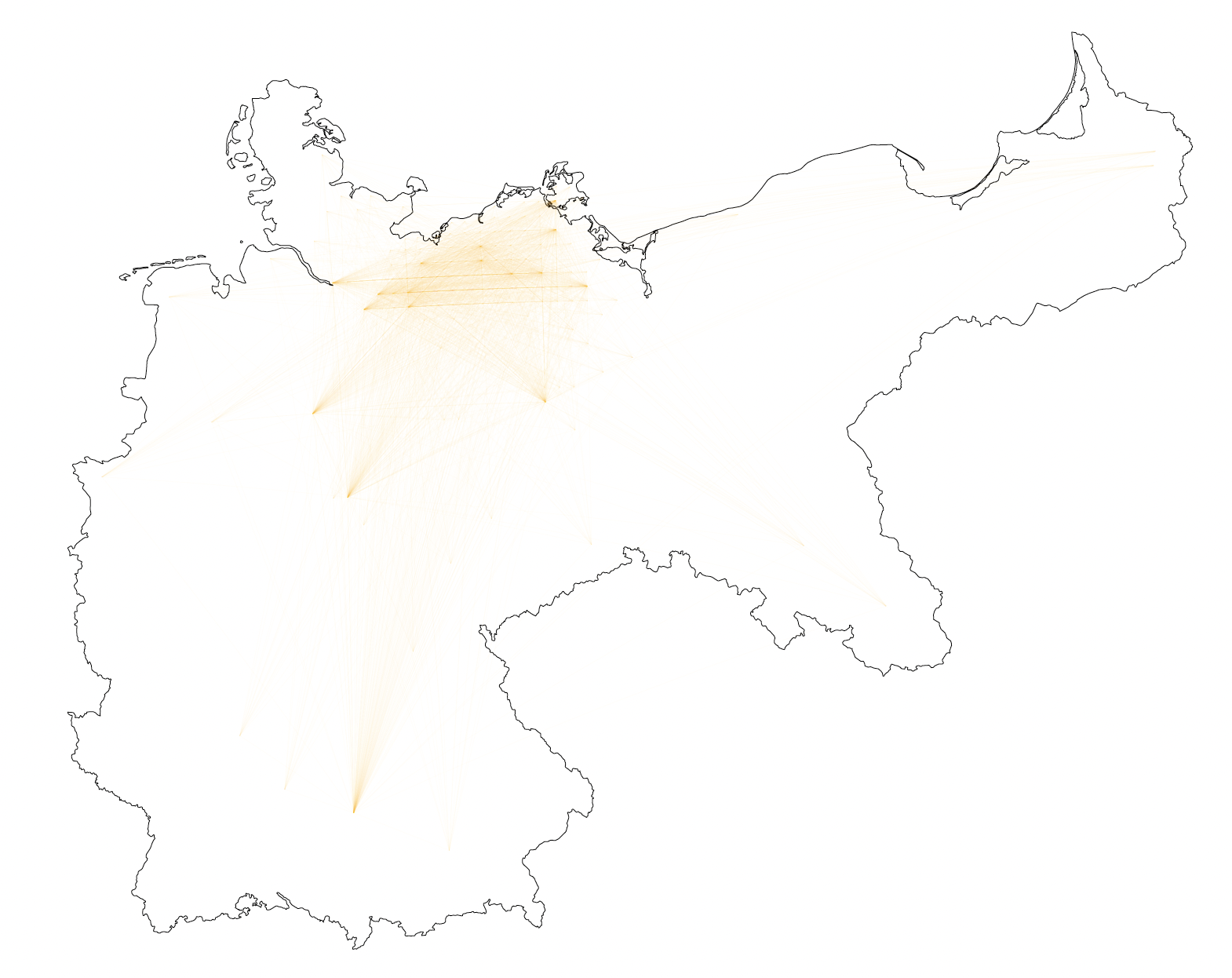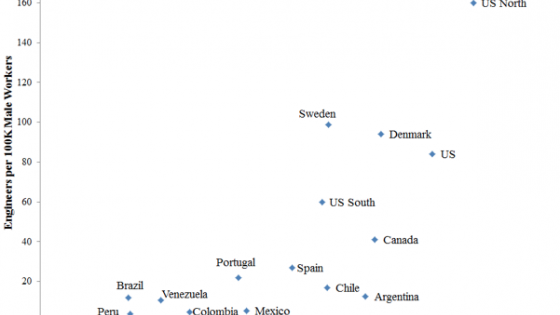Understanding the drivers of accelerated technological progress during the Industrial Revolution is key to understanding the origins of modern economic growth. Before the Industrial Revolution, innovation mainly derived from tinkering instead of directed research. With the advent of the Scientific Revolution, innovation increasingly relied on an empirical approach using measurement, replication, and experimentation.
Recent research provides evidence on the importance of upper-tail human capital in facilitating technical change in the early modern period (Squicciarini and Voigtländer 2014, Hanlon 2020, Mokyr et al. 2020, Maloney and Caicedo 2017). While prior literature excluded that education and schooling were crucial for the Industrial Revolution (especially in England), recent research emphasises the importance of a specific kind of human capital that is located in the upper tail of the knowledge distribution. This literature points to the importance of knowledge elites, including engineers and mechanics, that had the necessary knowledge and skills to generate and apply the new technologies central to the Industrial Revolution.
Where did these knowledge elites get their information from? To be widely applied, new knowledge needed to be accessible. Access to useful knowledge was therefore crucial for technological progress during the Industrial Revolution (Mokyr 2005, 2016). Thus far, the literature has focused on the transmission of tacit knowledge during apprenticeship and the transmission of codified knowledge through Encyclopaedias.
In a recent working paper (Cinnirella et al. 2022), we argue that the production and diffusion of new useful knowledge was facilitated by so-called economic societies. These societies first emerged as societies of improvers in 18th century Great Britain and Ireland. Subsequently they served as model for economic societies all across Europe. For the purpose of our research, we study economic societies in the German lands that were created after the Seven Years’ War (1756-63) with the explicit purpose to revive the local economy burdened by the war. German societies were typically privately chartered (but often state-sponsored) associations committed to improving the local economy by adopting, producing, and diffusing knowledge. They achieved this through holding regular meetings, hosting public lectures, and issuing journals with articles on practical inventions and instructions for manufacturing and agriculture. Societies also set up prize-competitions for inventions and founded vocational schools. We argue that these activities lowered the cost of accessing useful knowledge for society members.
Economic societies and the level of innovation
In our project, we identified all active economic societies in the German lands in the 18th century and collected their membership lists. Based on the place of residence reported in these lists, we reconstruct the spatial distribution of economic societies members (see Figure 1). Membership is highest in close proximity to the seats of economic societies – where they conducted their meetings and established libraries and collections of useful instruments and materials – and declines with distance to the seats.
Figure 1 Spatial distribution of members in economic societies
We show that innovation was stronger in regions where more society members resided. To measure innovation, we employ the number of valuable patents filed with the Imperial Patent Office from 1877 until 1914 and the number of exhibitors at the Vienna World’s Fair in 1871 (see Figures 2 and 3). In this period, Germany was at the forefront of many crucial technological advancements. Doubling the number of members in a given region is associated with a 44% increase in patenting and a 24% increase in exhibitors. Crucially, we show that regions closer to society seats were not centres of gravity for notable and inventive people before the establishment of societies. In this way we leverage the concentric distance of members from the society seat to provide a causal interpretation of our findings.
Figure 2 Spatial distribution of valuable patents, 1877-1914
Figure 3 Exhibitors at the Vienna World Exposition, 1873
By linking the location of economic society members with successive innovation, in the form of patents and exhibitors, we study the long-term effects of access to useful knowledge on innovative activity. The early presence of economic society members during pre-industrial times had a persistent impact on the spatial geography of innovation during the German industrialisation.
What explains the positive effect of society membership on innovation after more than a century? Focusing on Saxony, pioneer state for the German industrial revolution, provides more insights into the mechanisms of persistence. Using firm-level data on manufactory foundations, we show that regions with economic society members saw a 20% increase in manufactory foundations soon after the establishment of the society. Consistent with the Saxon society’s focus on advancing the textile industry, we only find effects for textile manufactories but not for other industries. It thus appears that the local industry immediately benefited from access to useful knowledge. These early locational choices may have led to agglomeration effects in the long run.
We support this notion by showing that regions with more society members established vocational schools earlier than other regions. The historical literature documents that economic societies actively promoted the training of craftsmen in vocational schools. Using the Prussian occupational census of 1849, we show that regions with more economic society members and a vocational school indeed had more highly skilled mechanics (but not more average-skilled artisans or factory workers). These highly skilled mechanics were most likely crucial for implementing technically complex innovations. The early presence of advanced manufacturing, vocational training schools, and highly skilled mechanics due to economic societies were then instrumental for local innovation during the second phase of the Industrial Revolution.
Economic societies and the direction of innovation
Each economic society constitutes a social network in which ideas are readily accessible. Each member is potentially connected to each other member within an economic society (see Figure 5 for examples). Members belonging to the same network are thus more likely to be endowed with the same knowledge than members from different networks. The resulting innovation should thus be more similar within a network than across networks.
Figure 4 Illustration of society networks across locations with common membership
a) Society in Burghausen
b) Society in Rostock
Indeed, our study finds that common membership in a given economic society is associated with patenting in similar technological classes. Conversely, regions with members from different economic societies do not experience a higher technological similarity of inventions, independent of their geographic distance.
Conclusion
Our study on the impact of economic societies on innovation and economic activity goes beyond the existing literature and features two important results. The first is the relevance of institutions providing access to useful knowledge during the Industrial Revolution in Germany. The second is the importance of social networks for knowledge diffusion and the direction of technical progress. The latter is in line with Akcigit et al. (2018), who model and empirically confirm that the interaction of researchers leads to knowledge diffusion which contributes to individual human capital formation and productivity, thereby feeding into innovation-based growth. In combination with localised knowledge spillovers and agglomeration effects (e.g. Krugman 1991, Ellison and Glaeser 1997, Audretsch and Feldman 2004), such models might explain persistent effects of economic societies working through vocational schools and co-location of highly skilled craftsmen.
In terms of policy implications, our study casts a positive light on the role of institutions for diffusing new ideas and technologies. Public or private platforms with the aim of collecting, systematising, and discussing new ideas might have a significant impact on innovation that might even perpetuate in the long run.
References
Akcigit, U, S Caicedo, E Miguelez, S Stantcheva, and V Sterzi (2018), “Dancing with the Stars: Innovation through Interactions”, NBER Working Paper 24466.
Audretsch, D B, and M P Feldman (2004), “Chapter 61–Knowledge Spillovers and the Geography of Innovation”, in J V Henderson and J-F Thisse (eds), Cities and Geography, Vol. 4 of Handbook of Regional and Urban Economics, Elsevier.
Cinnirella, F, E Hornung and J Koschnick (2022), “Flow of Ideas: Economic Societies and the Rise of Useful Knowledge”, CEPR Discussion Paper 17442
Ellison, G, and E L Glaeser, (1997), “Geographic Concentration in Us Manufacturing Industries: A Dartboard Approach”, Journal of Political Economy 105(5): 889–927
Hanlon, W W (2020), “The Rise of the Engineer: Inventing the Professional Inventor During the Industrial Revolution”, NYU Stern School of Business mimeo.
Krugman, P (1991), “Increasing Returns and Economic Geography”, Journal of Political Economy 99(3): 483–499
Maloney, W F and F Valencia Caicedo (2022), “Engineering growth: Innovative capacity and development”, VoxEU.org, 24 March.
Mokyr, J (2005), “The Intellectual Origins of Modern Economic Growth”, Journal of Economic History 65(2): 285–351.
Mokyr, J (2016), A Culture of Growth: The Origins of the Modern Economy, Princeton University Press.
Mokyr, J, A Sarid, and K van der Beek (2020), “The wheels of change: Human capital, millwrights, and industrialisation in 18th-century England”, VoxEU.org, 30 January.
Moser, P (2012), “Innovation without Patents: Evidence from World’s Fairs”, The Journal of Law and Economics 55(1): 43–74.
Squicciarini, M P, and N Voigtländer, (2014), “Knowledge elites, enlightenment, and industrialisation”, VoxEU.org, 13 July.










